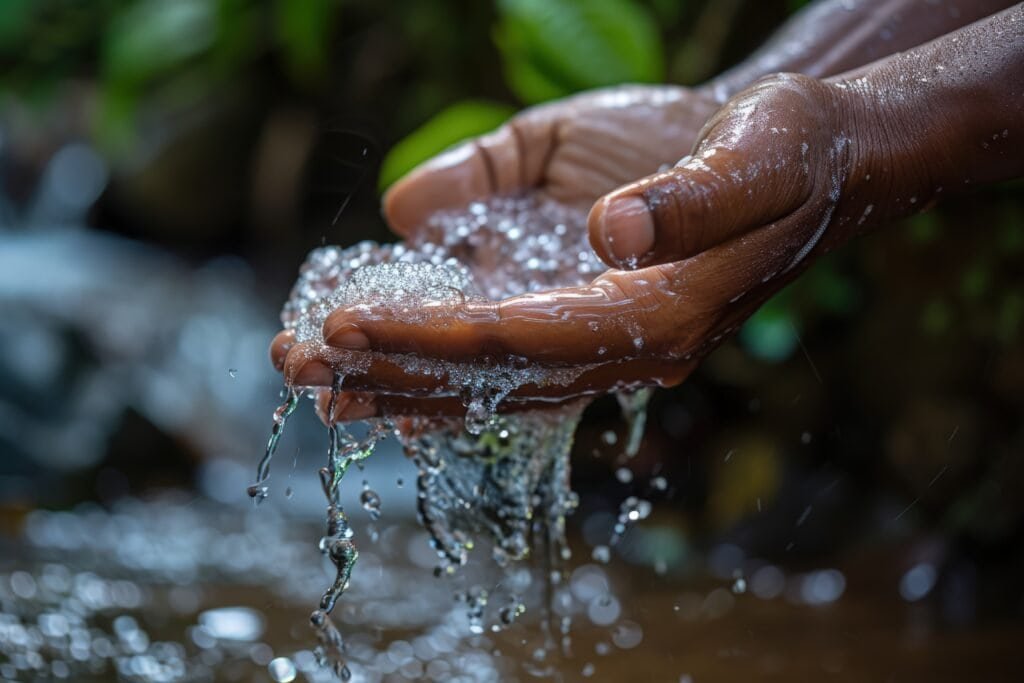Introduction
In an era where sustainability and environmental conservation are more critical than ever, rainwater harvesting has emerged as a practical and eco-friendly solution. At Soil Matters, we are committed to promoting sustainable practices that benefit both you and the environment. In this blog post, we’ll explore the advantages of rainwater harvesting tanks and how they can transform your approach to water conservation.
What is Rainwater Harvesting?
Rainwater harvesting involves collecting and storing rainwater for future use. This practice dates back thousands of years and remains an effective way to conserve water. Rainwater harvesting tanks are designed to capture runoff from roofs and other surfaces, storing it for various uses such as irrigation, gardening, and even potable water with proper treatment.
Benefits of Rainwater Harvesting Tanks
1. Water Conservation
One of the most significant benefits of rainwater harvesting tanks is water conservation. By capturing and storing rainwater, you reduce your reliance on municipal water supplies. This is especially important in regions facing water scarcity or during dry seasons.
2. Cost Savings
Using harvested rainwater can lead to substantial cost savings on your water bills. Rainwater can be used for irrigation, flushing toilets, washing cars, and more, reducing the amount of treated water you need to purchase.
3. Environmental Impact
Harvesting rainwater helps reduce runoff and erosion, which can lead to water pollution. By capturing rainwater, you minimize the impact of stormwater on local waterways and reduce the strain on stormwater management systems.
4. Self-Sufficiency
Rainwater harvesting tanks provide a source of water that is independent of municipal supplies. This can be particularly beneficial during times of drought or water restrictions, ensuring you have a reliable water source for essential needs.
5. Improved Plant Health
Rainwater is naturally soft and free of many chemicals found in tap water, such as chlorine and fluoride. Using rainwater for irrigation can improve the health and growth of your plants, resulting in a more vibrant garden.
Choosing the Right Rainwater Harvesting Tank
When selecting a rainwater harvesting tank, consider the following factors:
- Size: Determine the appropriate tank size based on your water needs and the amount of rainfall in your area.
- Material: Tanks come in various materials, including plastic, fiberglass, and concrete. Each material has its advantages and considerations.
- Installation: Consider the space available for installation and whether you need an above-ground or underground tank.
- Maintenance: Ensure you have a plan for regular maintenance to keep your system functioning efficiently.
How to Install a Rainwater Harvesting System
- Assess Your Site: Identify suitable locations for the tank and catchment area.
- Select Your Tank: Choose a tank that meets your size and material requirements.
- Install Gutters and Downspouts: Ensure your roof has gutters and downspouts to direct rainwater into the tank.
- Filter and Diverter Systems: Install filters to keep debris out and diverters to manage overflow.
- Connect to Usage Points: Set up pipes to direct harvested water to where it will be used, such as gardens or toilets.
- Regular Maintenance: Schedule routine checks and cleaning to maintain water quality and system efficiency.
Conclusion
Rainwater harvesting tanks offer a sustainable, cost-effective, and environmentally friendly way to manage water resources. At Soil Matters, we believe in empowering our community with the knowledge and tools to practice sustainable living. By investing in a rainwater harvesting system, you not only conserve water but also contribute to a healthier environment.
For more information on sustainable practices and products, visit Soil Matters and explore our resources on water conservation and eco-friendly living.


